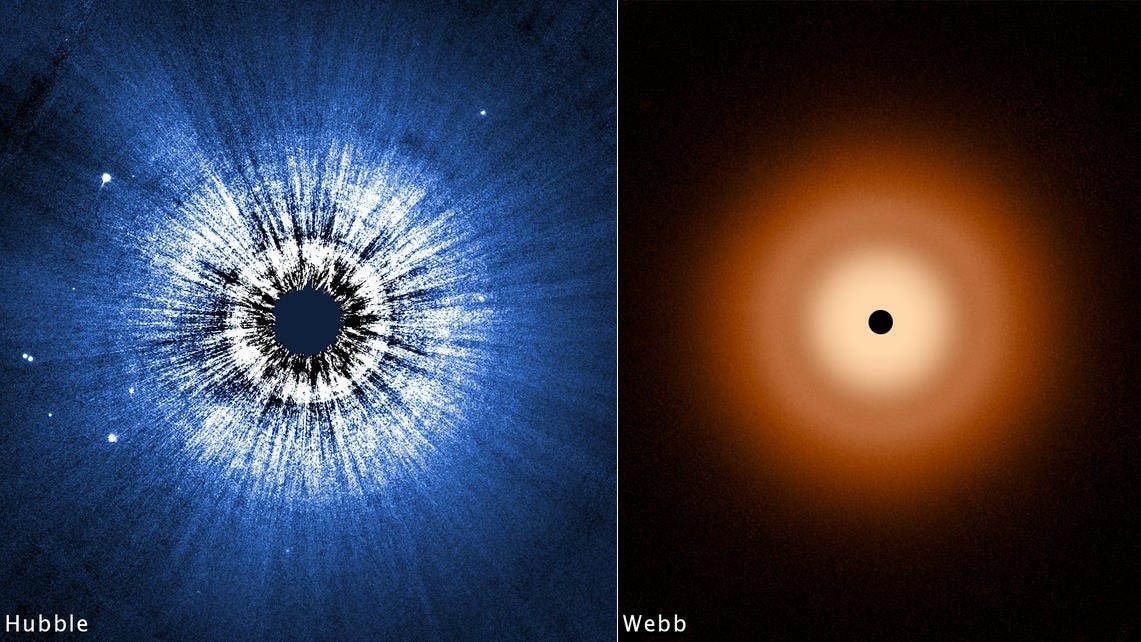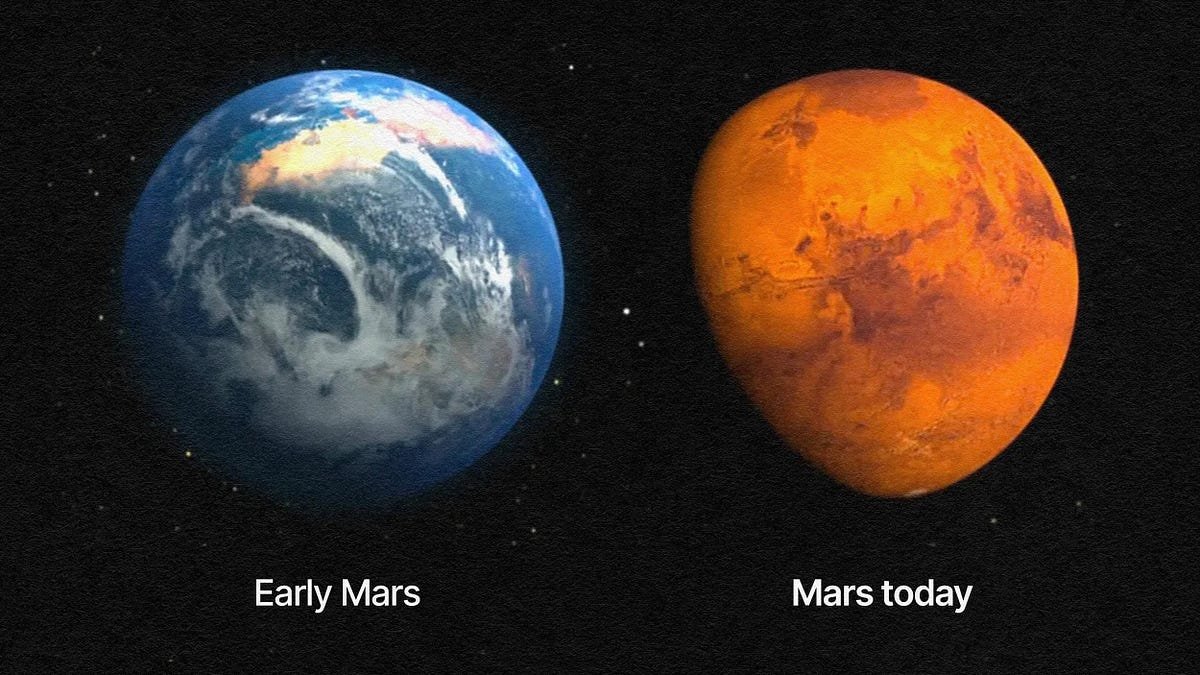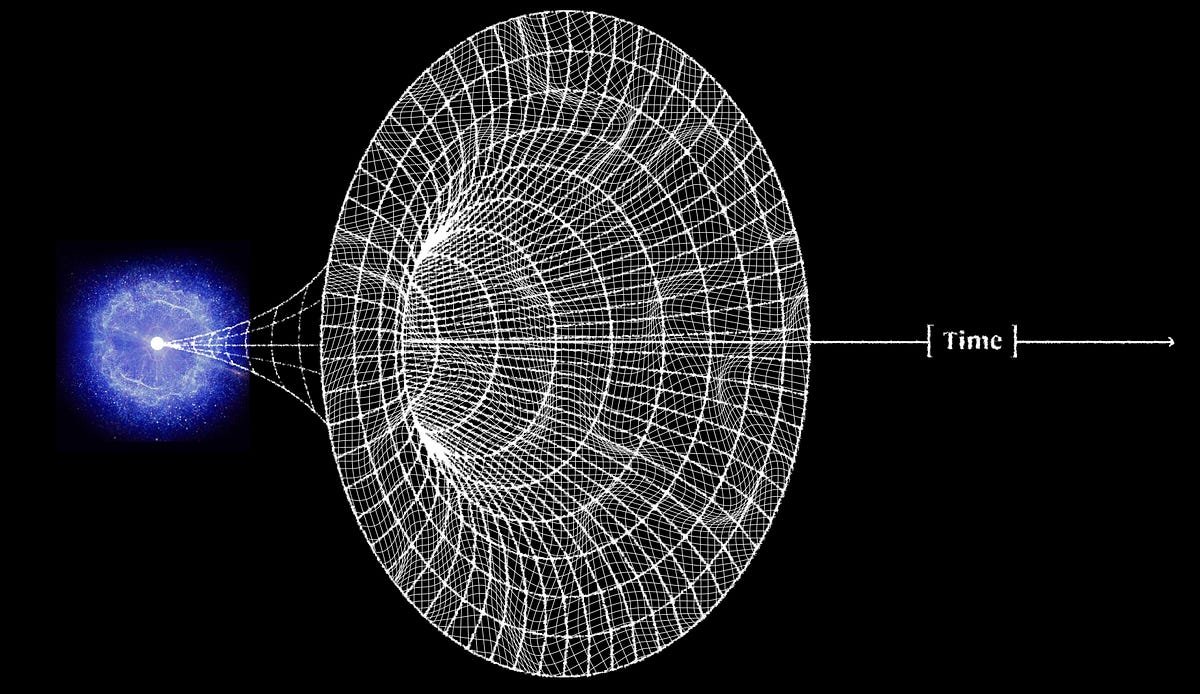
JWST compels us to ask: what’s wrong with Vega? | by Ethan Siegel | Starts With A Bang! | Nov, 2024
The 5th brightest star in our night sky is young, blue, and apparently devoid of massive planets. New JWST observations deepen the mystery.
There’s a great sin that scientists all too often commit: by assuming, based only on a small number of examples (possibly as few as one), that the best scientific story we can reconstruct for those examples apply to all similar systems universally. Perhaps there’s no greater example of a field where this sin has been committed than in the science of exoplanets. Up until the early 1990s, we traditionally assumed that other planetary systems would be like our own: with inner, rocky planets, an asteroid-like belt, gas giant worlds, and then a Kuiper-like belt. Today, with thousands of exoplanets under our belt, we know of a huge variety of ways that this isn’t true:
- planets can be any mass and any distance from their parent stars,
- many super-Jupiter planets, as well as many planets between the mass of Earth and Neptune, abound,
- and that some stellar systems even have different numbers of belts than our own Solar System’s two.
Additionally, all stars don’t appear to have planets; just the ones that have sufficiently abundant fractions of…




